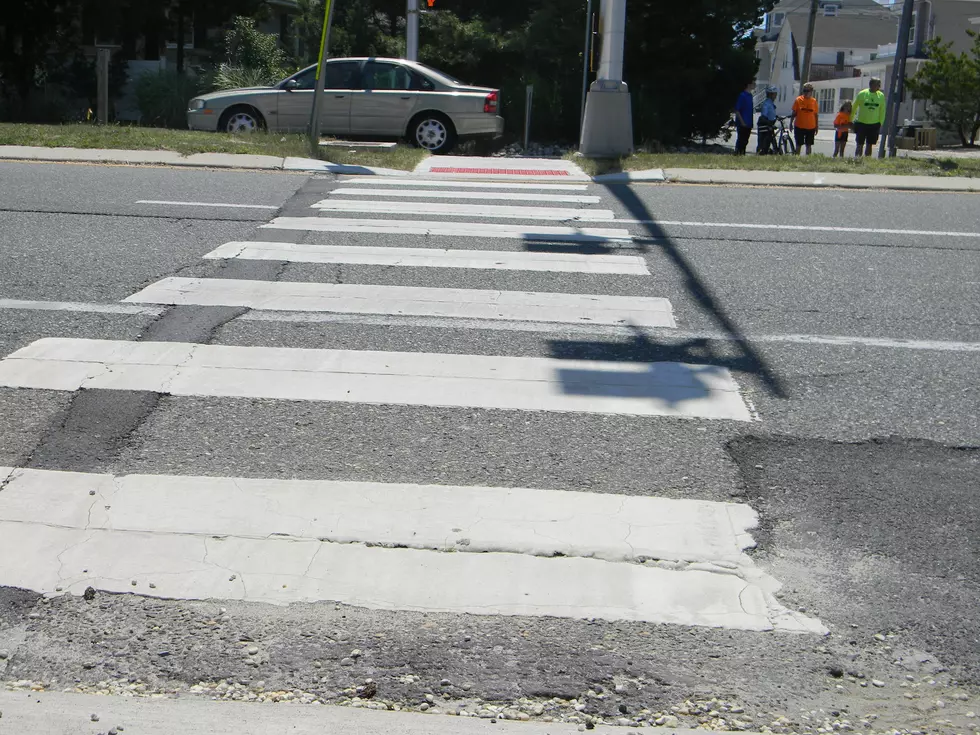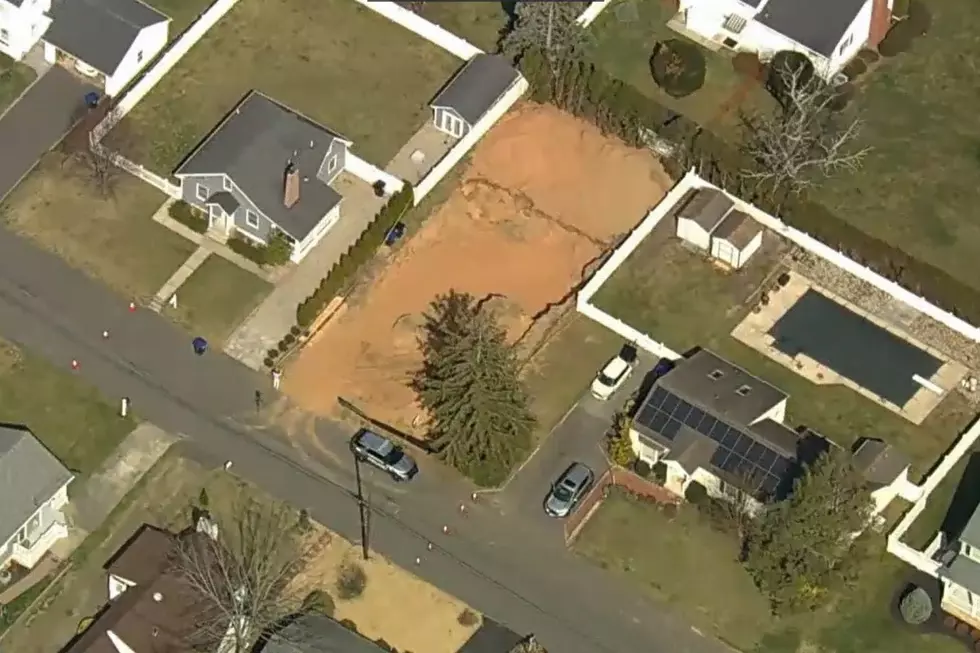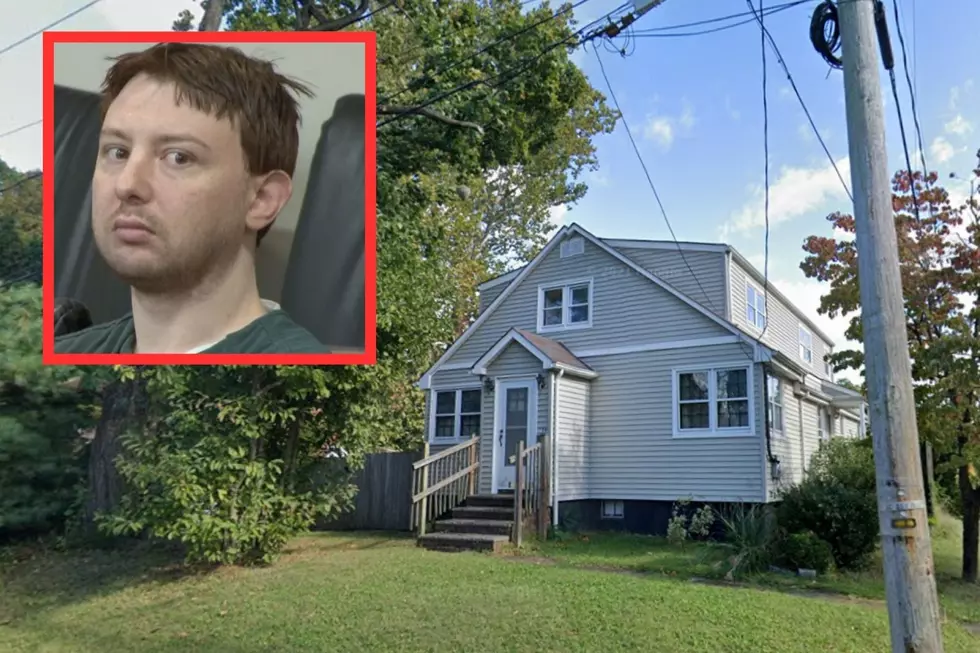
‘Pedestrian violation’ partly to blame for many fatal crashes in NJ each year
Drivers aren't the only ones making mistakes that lead to deadly crashes on New Jersey's roads. But advocates suggest other road users are sometimes forced to put themselves in harm's way due to unsatisfactory roadway design.
Each year from 2017 through 2020 (the latest year with a full report), according to New Jersey State Police, at least 120 "pedestrian violations" were cited as a contributing circumstance in fatal crashes. The count was 150 in 2017.
Examples of these violations include:
- Failed to obey traffic control device
- Crossing where prohibited
- Dark clothing/Low visibility
- Inattentive
- Failure to yield to right-of-way
- Walking on wrong side of road
- Walking in road when sidewalks present
- Running/Darting across traffic
In 2020, according to NJSP data, a pedestrian was crossing the street "not at an intersection" before 86 crashes that resulted in at least one death.
Of the 179 pedestrians killed on New Jersey's roadways in 2020, 156 were tested for alcohol. About a third tested positive.
Pedestrians accounted for 218 of New Jersey's 698 road fatalities in 2021, according to preliminary NJSP statistics.
Keeping pedestrians safe in New Jersey
Pedestrians have the right-of-way at all intersections in the Garden State, whether or not there's a marked crosswalk.
And a state law that took effect in March 2022 adds protections by mandating a buffer between vehicles and vulnerable road users, such as pedestrians, bikers, and individuals in wheelchairs. Violators who don't switch lanes, move over or slow down can be fined $100 to $500, depending on whether or not the incident resulted in bodily harm.
"That's an initial path to making things safer, but we really want to see is more infrastructure to actually separate people and have places that are protected," Sonia Szczesna, director of active transportation for Tri-State Transportation Campaign, told New Jersey 101.5.
Szczesna said many of the "pedestrian violations" cited by police can be addressed through actions such as installing pedestrian-focused lighting or more visible crosswalks.
"Obviously you shouldn't dart across traffic .... but I refuse to think that you need to dress a certain way to survive walking home at night," Szczesna said.
The Campaign is one of more than 20 groups that make up the Vision Zero New Jersey Alliance, which is pushing the state to adopt an approach to traffic safety that aims to eliminate all traffic fatalities and severe injuries by anticipating human error and designing roadways accordingly.
Legislation to establish a New Jersey Vision Zero Task Force is scheduled to be considered on Thursday by the Senate Transportation Committee.
"New Jersey is so car-centric, and we've made the roads, really, for cars to drive," said Sangeeta Badlani, founder of Families for Safe Streets New Jersey and the Nikhil Badlani Foundation. "What can we do to make our pedestrians, our bicyclists, feel safe on our roadways? Because it's their roadway too."
New Jersey's deadliest intersections
State and local officials gathered on Monday in Trenton to announce the launch of a pedestrian safety improvement project along the state's Route 129 corridor.
The project includes short-term improvements and long-term solutions to improve safety for both pedestrians and cyclists at three signalized intersections on Route 129, at Lalor Street, Cass Street, and Hamilton Avenue. Improvements will include a first-in-the-nation "Red Clearance Extensions System," which detects vehicle speed at an intersection and automatically adjusts traffic signal changes, the Department of Transportation said.
With nine fatalities from 2000 to 2019, the intersection of Route 129 and Lalor was designated the deadliest in the country, tied with East Jersey Street and Routes 1 & 9 in Elizabeth.
Dino Flammia is a reporter for New Jersey 101.5. You can reach him at dino.flammia@townsquaremedia.com
Click here to contact an editor about feedback or a correction for this story.
LOOK: What are the odds that these 50 totally random events will happen to you?
UP NEXT: See how much gasoline cost the year you started driving
More From New Jersey 101.5 FM









